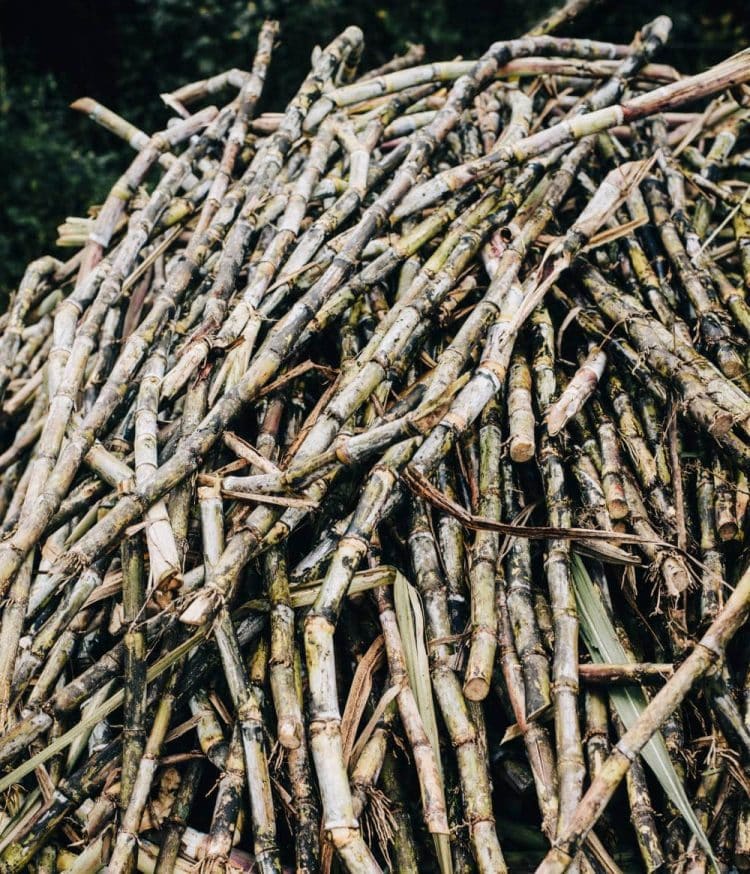Isolation of aroma compounds from Rum Using Supercritical CO2 can be challenging but this blog tells you all about it. Sugar cane-fermented molasses is a rich source of aromatic compounds. Extracting these valuable substances has traditionally been carried out through distillation, reverse osmosis, with solvents, and through pervaporation (separation of mixtures of liquids by partial vaporization through a non-porous or porous membrane). However, not much research has been done on the effectiveness of supercritical fluid extraction (SFE), a process which shows much promise in this realm.
Aromatic compounds are important substances for the food, cosmetics, perfumery, and other industries. Although naturally occurring, modern science has synthesized many of these desired and utilized aromas. However, regulations restricting the use of synthetic chemicals has led to the exploration and use of naturally occurring aromatic compounds.
Sugar cane-fermented molasses is used during the production of Cuban rums, and, as stated above, it contains a wealth of desired aromatic compounds. Researchers from the Department of Chemical Engineering at the University of Castilla-La Mancha in Spain and from the Institute of Sugar Cane Byproducts in Cuba believed that the use of SFE on sugar cane molasses distillates could produce noteworthy results. [1]
They started by taking distilled molasses at three different stages on the way to the final product (aged rum). These stages were head alcohol, which is 95% alcohol, of low value (often used as for combustion), and double distilled; crude sugar cane spirit (SCS), which is pre-aged and 75% alcohol; and aged SCS, which is also 75% alcohol. [1]
Each of The Samples was Subjected to Liquid CO2,
Preliminary extraction protocols evaluated the effects of pressure (10, 15, and 25 MPa, or 100, 150, and 250 bar) and temperature (313, 323, or 333 K, or 40, 50, and 60°C) changes. Interestingly, the SFE extracts for head, crude SCS, and aged SCS samples resulted in fruity, sweat, and whiskey notes, respectively.
The result was an abundance of compounds identified in each of the alcohol samples, with head and crude SCS samples containing the higher alcohols, which are the volatile compounds with a higher aroma intensity. In total, 25 aromatic compounds were detected by the GC/MS analysis. Researchers discovered that as the molasses distillate aged, fewer higher alcohols could be extracted. For this reason, they recommended that SFE be used on head alcohol primarily, given its low value and frequent use in combustion.
Reference:
[1] Gracia I, Rodríguez JF, García MT, Álvarez A, & García A. Isolation of aroma compounds from sugar cane spirits by supercritical CO2. Journal of Supercritical Fluids. 2007;43:37-42. [journal impact factor = 4.577; times cited = 33]
Image Source: Adrienne Andersen











